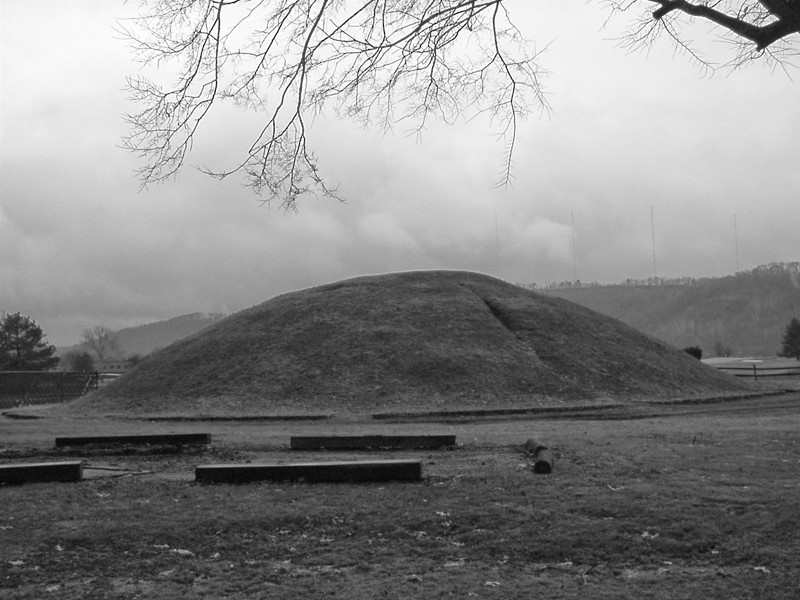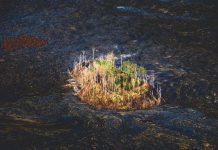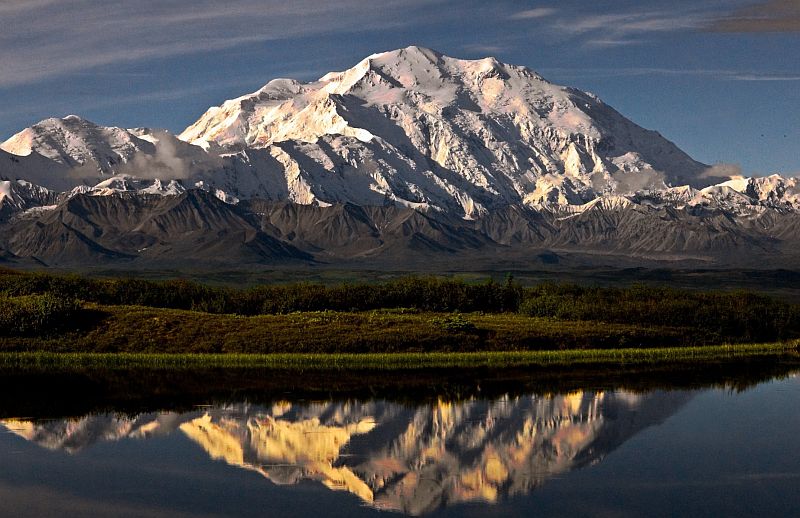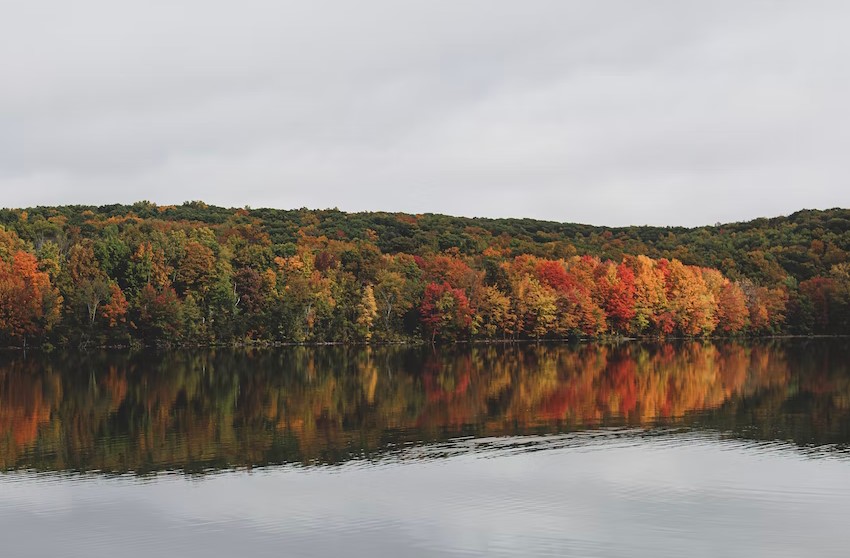Are you curious to know about Temple Mounds of the South?
Along the many tributaries of the Mississippi River are the remnants of a once grand Indian culture that constructed large platform and conical shaped mounds. The culture has been termed “Mississippian” because of the many mound cities that were located near the extensive waterway.
The original name of what these people might have called themselves has been lost to history. The temple mounds of the Mississippian Culture were directly influenced by the advanced societies of pre contact Mexico. Artifacts recovered at Poverty Point closely resemble artifacts found at early Olmec sites.
The layout of Poverty Point appears to be based upon the Olmec cities of LaVenta and Corral in the Tabasco and Vera Cruz regions of southern Mexico, both of which were occupied during the same time frame. Maize, beans, chili and squash were grown in abundance and elaborate ceremonies, several of which were associated with death and human sacrifice, were held every year. These characteristics clearly suggest a Central American influence, possibly under the stimulus of exotic traders who introduced ideas, customs, religious beliefs, as well as plants and animals from prehistoric Mexico.
Early settlers were surprised to come across the large mounds with flat tops as they began to explore southern Indian lands. Some complexes were used for ceremonial purposes, others as burial grounds, and still others were designed as fortresses. The author of the Constitution and the third president of the United States, Thomas Jefferson, took a keen interest in native sites.
Jefferson was among the first to seriously document Indian mound building, and wrote the following passage in 1782 in his book Notes on the State of Virginia: ‘Appearances certainly indicate that the mound has derived both origin and growth from the accustomary collection of bones, and the deposition of them together; that the first collection had been deposited on the common surface of the earth, a few stones put over it, and then a covering of earth, that the second had been laid on this, had covered more or less of it in proportion to the number of bones, and then also covered with earth; and so on.”
Jefferson’s documentation of prehistoric mounds earned him the title “Father of American Archaeology.” The southeastern United States was, and still is, punctuated with clusters of mounds, some small, others enormous, but all manmade and once used for burial or ceremonial purposes. Originally numbering in the thousands, the many mounds of the South have been reduced to a few hundred largely due to desecration of treasure seekers and urban expansion.
While most mounds are protected as national, state or county parks, some are on private land and may not be accessible to the general public. Others have been completely obliterated, but early maps and records allow a glimpse into their design and layout. Most Mississippian earthworks were orientated to the east. Over half of all temple mounds reveal alignments with the brightest summer stars, along with lunar alignments. Not only do the Mississippian mound sites resemble Central American city layouts, but some arrangements are very similar to Stonehenge and other Neolithic sites in Europe. Furthermore, the following are some of the most notable southern archaeological and ceremonial mound sites listed state by state.
In Alabama, there are six extant temple mounds in Baldwin County called the Bottle Creek Indian Mounds. Florence Indian Mound in the Tennessee Valley is one of the largest mounds in the South. Near Fort Toulouse are two forts and a single platform mound called Jackson Park. Mound State Monument near Moundville, about 13 miles 20 kilometers south of Tuscaloosa, was a private tourist attraction vulnerable to exploitation until local conservationists succeeded in restoring it to its natural state. Mound State Monument contains 20 truncated earthen pyramids unevenly arranged in a huge circle. Complex rituals were held at Mound State Monument and the site was known as the center of “The Southern Death Cult.”
Arkansas is home to a 1,000 year continuously used ceremonial village, erroneously called Toltec Mounds, and is located southeast of Little Rock. Stellar, lunar and solar alignments have been recorded at the 18 mounds that encompass Toltec, most notably the southern setting point of the moon. Parkin was a mound site famously known to have been visited by De Soto in 1541.
In Florida, Bickel Ceremonial Mound near Bradenton is one of the oldest sites in the state dating from 500 BCE. Big Mound City in Indiantown was once a vast 23 mound ceremonial complex. Crystal River Indian Mounds in Citrus County was perhaps the most significant site in Florida with 1,600 years of continual usage. Moreover, Lake Jackson Mounds and Lake Lafayette Mound are both located near Tallahassee. Mound Key in Fort Meyers and Safety Harbor Mound in Old Tampa Bay were both positioned near prehistoric ports. Temple Mound Museum at Fort Walton Beach is a fully restored mound and temple site which spanned a succession of cultures over a period of 1,700 years. The Tequesta tribe thrived for 2,500 years before succumbing in the 1700s to European germs, but not before creating the 38 foot 11.4 meters wide stone Miami Circle in what is now downtown Miami.
Georgia was once home to the former political and religious mound builder center called Etowah Mounds in Bartow County, three miles 5 km from Cartersville. Etowah is a classic example of a stockaded Mississippian town centered around three large, flat-topped mounds. A 24 foot 8 meters wide moat surrounded the tall wooden walls of the Etowah stockade. The Kolomoki Mounds State Park in Early County near Blakely was put to use by both Mississippian and Late Woodland cultures. Nacoochee Mound in White County is uniquely elliptical in shape. Ocmulgee National Monument in Macon County is a reconstructed ceremonial lodge. The massive Rock Eagle Mound in Putnam County is made entirely of milky quartz boulders. Several other eagle effigy mounds made from milky quartz once existed in Georgia.
In Kentucky, the Ancient Buried City King Mounds in Wickliffe was once a huge community of temples and burial mounds. Three rectangular altars were found in chambers inside the mounds. The Portsmouth Earthworks included long, embanked walkways connecting three different ritual complexes in two states. The first complex was a triple ringed compound with a large conical mound in the center, avenues led away from and crossed the Ohio River to several geometric mounds dominated by a pair of U-shaped embankments on the Ohio side, then crossed back to Kentucky to a square enclosure from which two nearly identical elongated rectangular enclosures extended in opposite directions. It is likely that Hopewell seasonal processions, similar to Avebury in England, took place at Portsmouth. Unfortunately very little has survived, except for a few components in the Mound Park of Portsmouth, Ohio.
Louisiana has several temple and burial mounds in Marksville Prehistoric Indian Park State Monument, which is a southern variant of the Ohio Hopewell. Marksville featured seven conical burial mounds flanked around a central plaza featuring three dominant temple mounds. Watson Brake near Monroe, Louisiana is gigantic, oval embankment containing 11 mounds, but none were used for burials. It has been dated as the first genuine mound builder site. Only 60 miles 100 km away near Epps, Louisiana is Poverty Point, the only ancient American site recognized by academics to hold the distinction of being directly linked with the Olmec in Mexico. Artifacts found at Poverty Point prove that the people traveled and traded widely. Semi octagonal earthen embankments focused on a huge bird effigy mound.
The state of Mississippi has the largest concentration of mound sites in the South. A series of impressive mound sites that stretch along the Mississippi River include Holly Bluff Site, Pocahontas Mound B, Rolling Fork Mounds, and Winterville Mounds Historic Site. The Emerald Mound, Magnum Mound, Boyd Mounds, Bynum Mounds, Pharr Mounds, and the 8,000 BCE Bear Creek Mound village at milepost 308.8 all can be found along the Natchez Trace Parkway. The Choctaw believed that their ancestors emerged from the Nanih Waiya mound in the remote past at a time when the earth was covered with water. The Choctaw traditional name for ancient mounds is Nanneyah, literally the “hills of God” or “mounts of God” also see: Natchez, MS .
North Carolina has the famous Nikwasi Mounds built by Late Mississippian mound builders, and was used at a later time by the Cherokee who infused the site with many mythological tales. The Town Creek Indian Mounds near Mount Gilead is a State Historic Site. Town Creek has a partly reconstructed stockade and sanctuary to illustrate how the complex was a fortress surrounding a temple mound and plaza.
In South Carolina, the overlapping culture on Blair Mound near Winnsboro spanned several centuries. The Fort Watson Mound in Clarendon County was so strategically situated that the British used it as a base during the Revolutionary War. Indian Hill on St. Helena Island is a truncated cone shaped mound used as a platform for a large temple. Also, the Scotts Creek Temple Mound is a traditional plat form mound located in the southern Appalachians. The Topper Site in Allendale County has produced the astonishing radiocarbon date of 50,000 years old as the earliest habitation in North America. Still awaiting full confirmation, the Topper Site along the Savannah River has produced artifacts from the Clovis, Preclovis, and the Pleistocene era, which occurs before the last Ice Age.
Moreover, in Tennessee there are four large and several smaller mounds surrounding a large plaza called Duck River Temple Mounds near Hurricane Mills. A central mound flanked by 13 smaller mounds is called Mound Bottom near Kingston Springs. The earliest site in the state is called Obion Mounds near Paris and is also situated around a central plaza. There is a cluster of 30 mounds at the Civil War site Shiloh National Military Park near Pittsburgh Landing. The Chucalissa and the De Soto Mounds in Memphis were most certainly visited by the famous Spaniard during his ill fated expedition of 1541. The Pinson site, 10 miles 16 km south of Jackson, is modeled upon the same grid system found at Teotihuacan near Mexico City. Pinson was the largest ceremonial mound site in all of ancient America, containing at least 12 mounds including four truncated platform pyramids, and also features an earthen effigy mound depicting an eagle. Various alignments to solar and stellar events can be determined by the arrangement of mounds at the Pinson site.
West Virginia once supported a high a density of mounds and earthworks along 10 miles 16 kilometers stretch of the Kanawha Valley from Charleston to Saint Albans. One of these mounds, the Shawnee Reservation Mound in Institute, once contained two skeletons of very tall people found in a sitting position facing each other. Two copper bracelets were on the left wrist of one skeleton, a hematite celt and lancehead with the other. Hyer Mound near the town of Huttonsville contained 20 bodies, some possibly executed in a death rite ritual. Pipes, vessels, copper beads, and a large cache of flint were included as Hyer burial items also see: Grave Creek, WV. After reading this article you would have been knew about Temple Mounds of the South.
Read More: Natchez Indian Trail History







